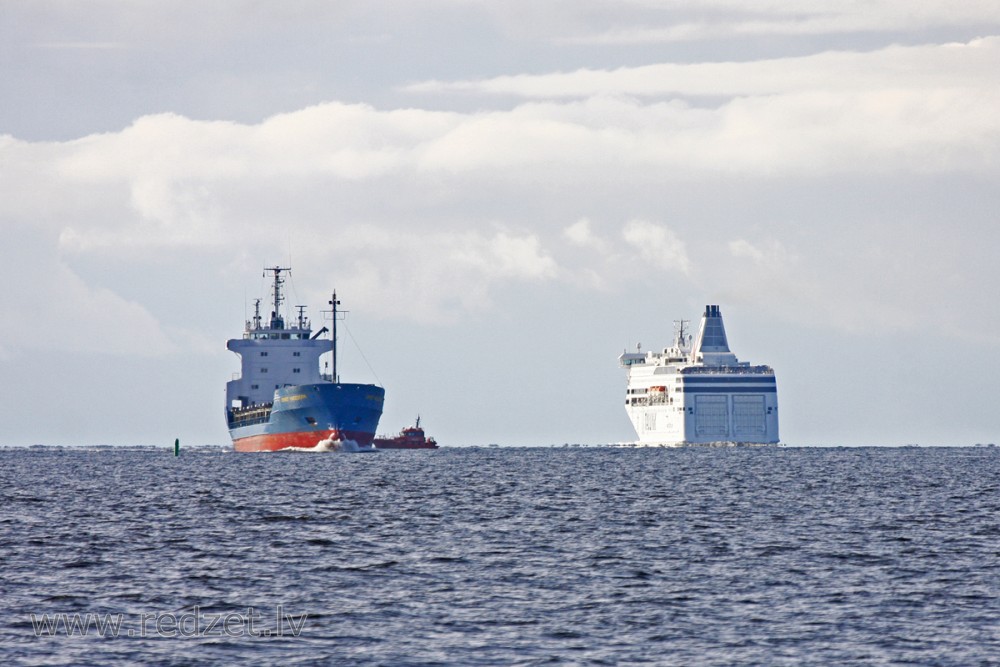Pilot boat
A pilot boat is a type of boat used to transport maritime pilots between land and the inbound or outbound ships that they are piloting.
History
The word pilot probably came from Middle French pilot, pillot, from Italian piloto, from Late Latin pillottus; perhaps ultimately from Ancient Greek πηδόν (pēdón, "blade of an oar, oar").
However, the work functions of the maritime pilot go back to Ancient Greece and Roman times, when incoming ships' captains employed locally experienced harbour captains, mainly local fishermen, to bring their vessels safely into port. Eventually, in light of the need to regulate the act of pilotage and ensure pilots had adequate insurance, the harbours themselves licensed pilots for each harbour.
Although licensed by the harbour to operate within their jurisdiction, pilots were generally self-employed, meaning that they had to have quick transport to get them from the port to the incoming ships. As pilots were often still dual-employed, they used their own fishing boats to reach the incoming vessels. But fishing boats were heavy working boats, and filled with fishing equipment, and so a new type of boat was required.
Early boats were developed from single masted cutters and twin masted yawls, and latterly into the specialist pilot cutter. These were effectively light-weight and over-powered single-masted boats with large, steeply angled keels, making them deep draft under power and shallow draft in lighter sail.
If legend is to be believed, the first official Bristol Channel pilot was barge master George James Ray, appointed by the Corporation of Bristol in May 1497 to pilot John Cabot's Matthew from Bristol harbour to the open sea beyond the Bristol channel. In 1837 Pilot George Ray guided Brunel's SS Great Western, and in 1844 William Ray piloted the larger SS Great Britain on her maiden voyage.
Today
Modern pilot boats can be from 7 metres to over 25 metres in length, built to withstand heavy seas and bumping against 100,000 ton tanker ships. They are high-powered and hence both very quick and durable purpose-built boats. They are normally painted a highly visible colour such as orange, red or yellow.
In terms of design, monohull hullforms are most commonly used, though examples of catamarans SWATHs and Wave Piercing Hulls also exist. Although some pilot boats are still constructed from steel, the need to travel quickly means lighter weight materials such as aluminium, fibreglass and composites are now commonly used. In some instances, such as the Berkeley Class vessels produced in Australia, a combination of materials is used.
en.wikipedia.org




